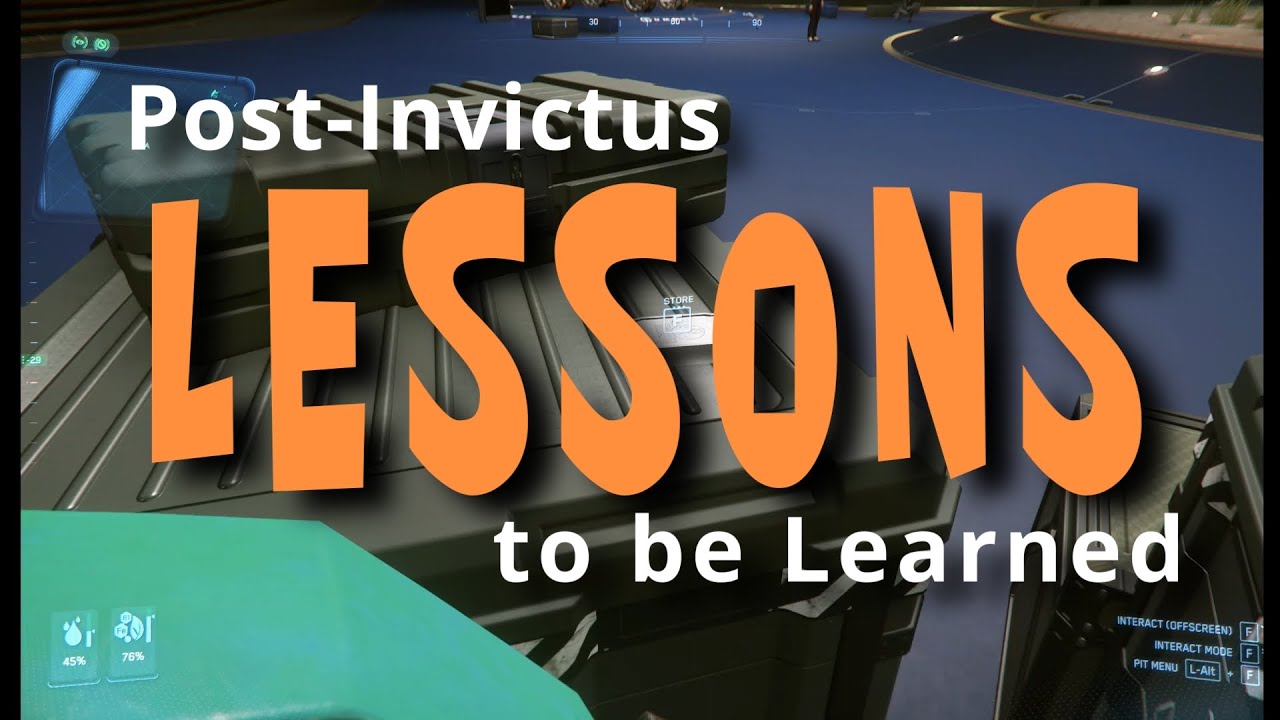Danny Raymond’s video highlights that Star Citizen’s stability and high-quality content are driving record revenue, challenging the idea that focusing on stability reduces pledge income. He also discusses the importance of understanding the community’s evolving expectations, especially regarding sales and future content, to maintain trust and engagement.
The video by Danny Raymond, also known as Ray’s Guide, reflects on the lessons learned from the Invictus event and the first five months of the year in Star Citizen. He highlights that despite focusing on stability and content quality, the game’s revenue, particularly from ILW, has reached unprecedented levels, with May being the largest ever. A key lesson is that stability in the game actually boosts sales, contradicting earlier concerns that emphasizing stability might reduce pledge income. Good quality content, even with some stability issues, continues to drive player engagement and revenue.
Raymond notes that the future of Star Citizen was not aggressively marketed during Fleet Week, with no new concept ships or holo hall showcases, likely due to negative publicity surrounding concept ships. Instead, CIG has opted to treat these ships as liabilities temporarily, rather than promoting them as final or near-final products. He suggests that spreading out the presentation across multiple locations could improve engagement and showcase more ships, rather than concentrating everything in one place, which he found boring and limiting during the event.
The discussion then shifts to the controversy over server blades and flight characteristics sales. Raymond argues that the outrage was misplaced, as these sales are part of a broader marketing strategy aimed at selling both the game and in-game improvements. He emphasizes that the community’s reaction was driven by a shift in the Overton window—what is considered acceptable behavior or sales within the community—rather than the sales themselves. He compares this to other industries, like golf or traditional gaming, where certain types of sales are more accepted, but highlights that Star Citizen’s community has a different, more conservative threshold for what is acceptable.
Raymond further explains that the community’s resistance to certain sales, such as ship components or performance upgrades, is rooted in their perception of the Overton window and the long-term promises made by CIG. The community is wary of shifting norms that could lead to more monetization of gameplay features or content that was previously considered part of the game experience. He suggests that CIG needs to better understand their audience and avoid pushing boundaries that could erode trust or expectations, especially regarding the type of sales they pursue.
Finally, Raymond discusses the implications for marketing and future content development, particularly for Squadron 42. He points out that the community’s expectations differ for single-player versus MMO content, especially regarding expansion packs. While expansions are normal in other games, the Star Citizen community resists the idea of paying extra for content that was promised or implied to be part of the core experience. He warns that certain types of expansion content, like new star systems or base-building features, would trigger protests if sold separately, as the community expects these to be included without additional charges. Overall, he emphasizes understanding the community’s evolving Overton window is crucial for CIG’s marketing strategy moving forward.
